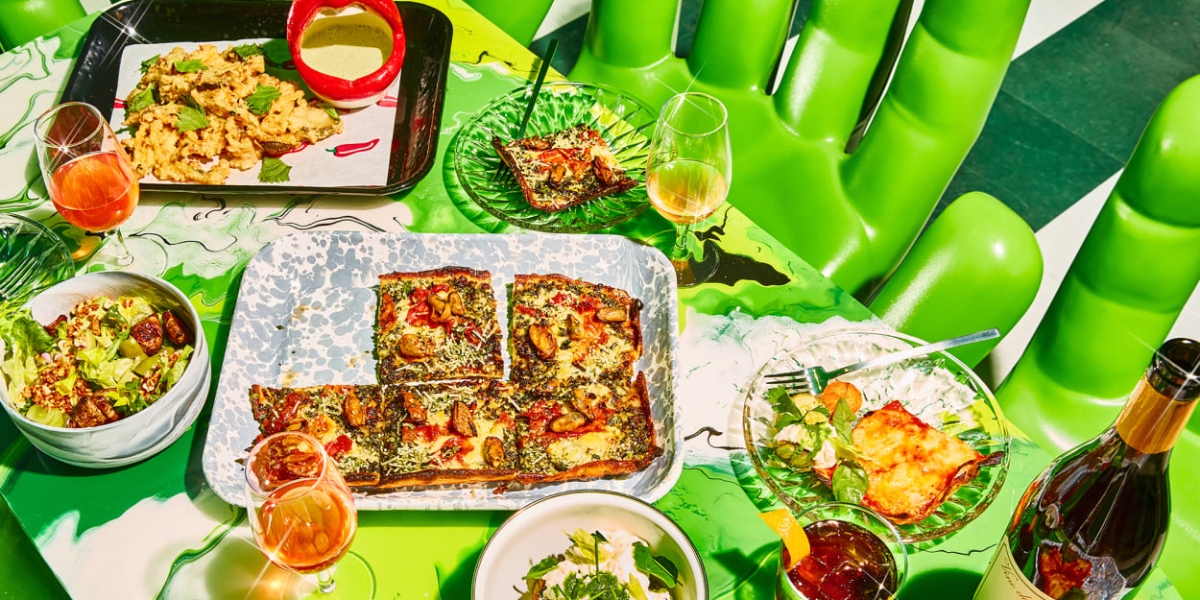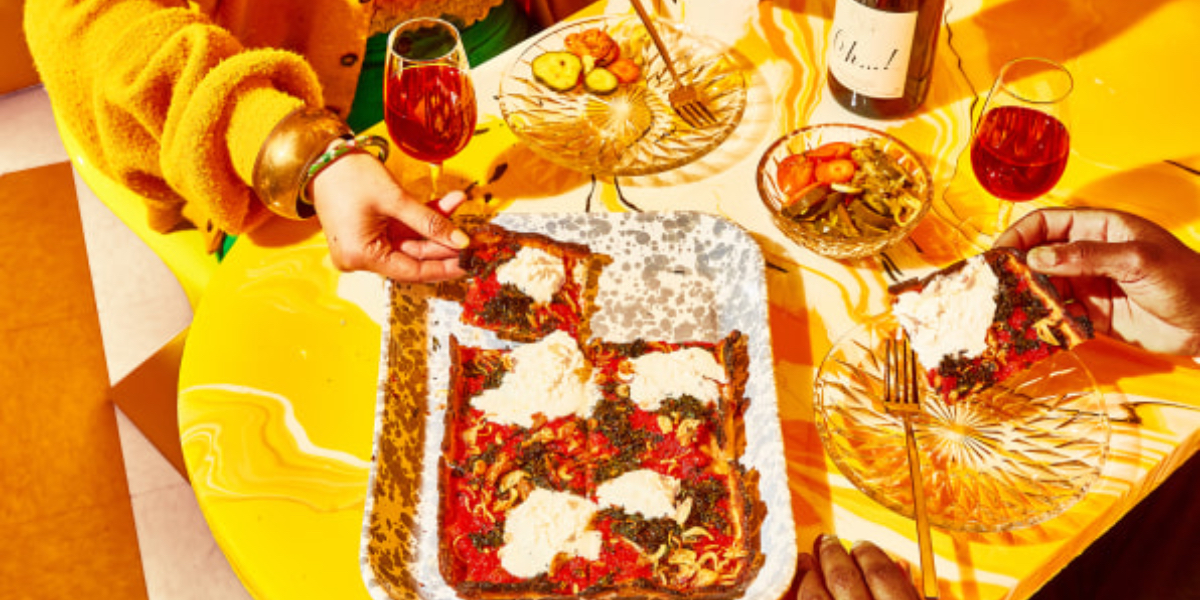AÑO
2023
CATEGORÍA
Cuerpo
OBJETIVOS
Hambre cero, Ciudades y comunidades sostenibles, Producción y consumo responsables, Acción por el clima
PAL. CLAVE
Reduce food wastage, upcycling, restaurants, farm to fork, multi-purpose
PAÍS
United States of America
CRÉDITOS
David Murphy and Kayla Abe
LINK
https://www.fastcompany.com/90793145/at-this-restaurant-everything-on-the-menu-is-made-from-trash
Shuggie's Trash Pie
Shuggie’s Trash Pie builds its entire menu around food waste
How does it work?
Shuggie's Trash Pie is a restaurant and wine bar based in San Francisco that contributes to the mission to fight food waste.
Each Week, Chef and Co-founder David Murphy along with his partner Kayla Abe plan their menu based on what farmers plan to throw out when they are unable to sell their crops.
They creatively incorporate ingredients that can be used in multiple ways, for example using oats to form a pizza crust that were left over from making their oat milk. They also look for waste in other parts of the supply chain, such as parts of foods that don't get used in meals as well as surplus crops or fruits and vegetables that are often not sold or used for looking less attractive.
Murphy and Abe have worked closely enough within the food chain to understand the many ways in which food waste manifests, especially as this area is notoriously unpredictable.
Why is it needed?
The founders want to help change what diners are willing to eat; the meatballs on the snack menu, for example, are made with beef heart, an offcut that Americans usually avoid. But the meatball “is freakin’ so good,” Murphy says, that it’s helped convert some customers.
They also want to inspire other restaurants to change.
How does it improve life?
Not every item on Shuggie’s menu was previously destined for the landfill—it isn’t possible to buy upcycled pepperoni, for example, and Murphy chose to use a specific type of mozzarella on the pizzas. But every dish has three to five upcycled elements, and the other ingredients are as sustainable as possible and often sourced from local farms.
The menu notes some of the unusual ingredients, like “wilty greens” and “underripe tomatoes,” though Abe says there’s so much to say that it doesn’t all get included. At the bottom, under a heading that says “food waste paradise,” they explain why it’s so important to do this. Between 30% and 40% of all the food grown in the U.S. is wasted. That’s not just a landfill problem, but a climate problem, and eliminating that waste could play a meaningful role in fighting climate change.





